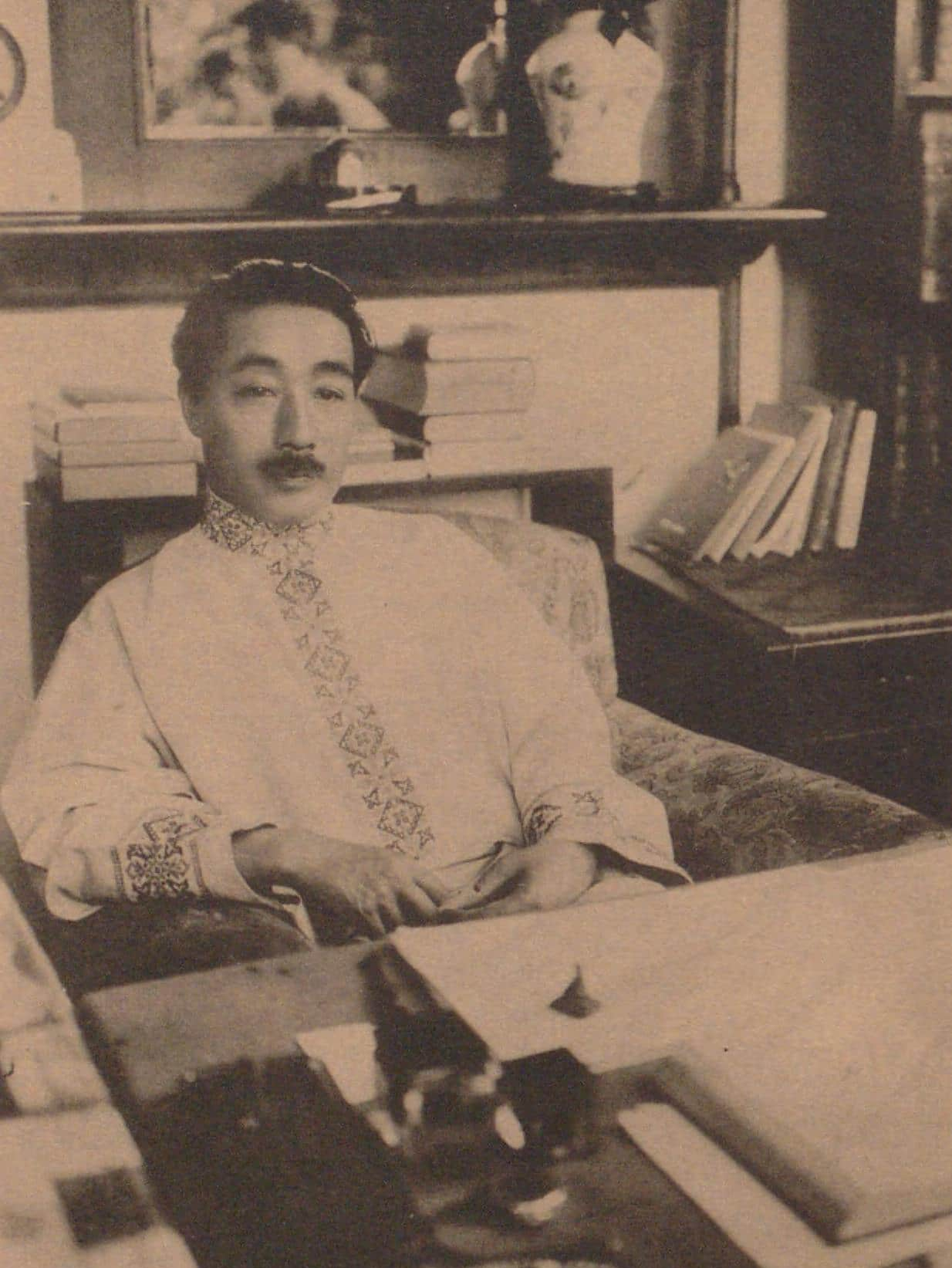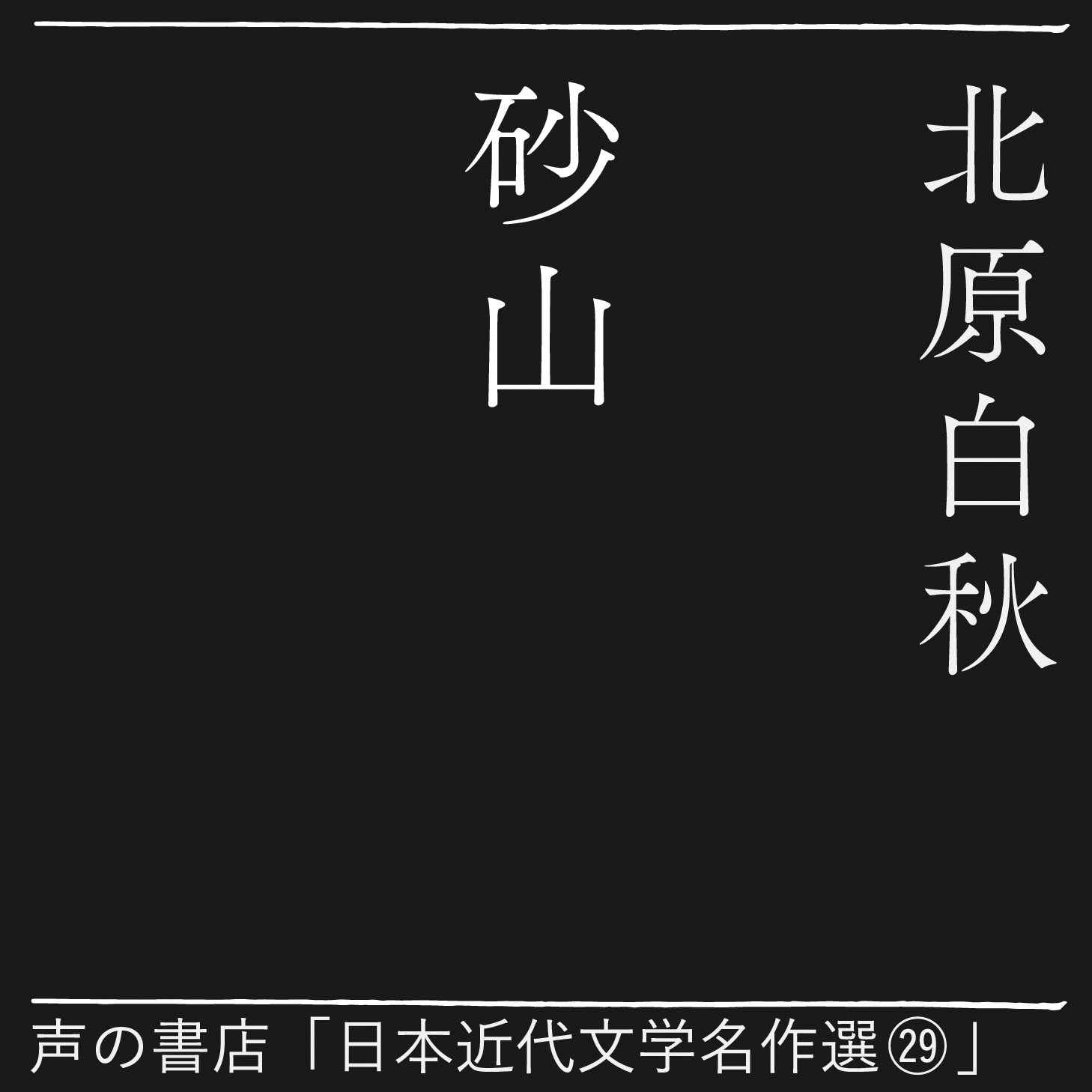
出典:国立国会図書館「近代日本人の肖像」 (https://www.ndl.go.jp/portrait/)
北原白秋
明治18年(1885) – 昭和17年(1942)
熊本県生まれ、福岡県山門郡沖端村(現、柳川市)育ち。本名、隆吉(りゅうきち)。 早稲田大学英文科中退。与謝野鉄幹の新詩社に参加し、『明星』で活躍、のち文学者、画家らと「パンの会」を結成。明治42(1909)年、第一詩集『邪宗門』、明治44(1911)年、抒情小曲集『思ひ出』で詩人としての地位を確立し、大正2(1913)年、第一歌集『桐の花』で短歌にも新風をもたらす。大正4(1915)年、文芸雑誌『ARS』、大正11(1922)年には山田耕筰と雑誌『詩と音楽』を創刊。児童雑誌『赤い鳥』で多くの名作童謡を発表し、短歌雑誌『多磨』も創刊した。詩集『東京景物詩及其他』、歌集『雲母集』『雀の卵』『白南風』などを遺し、近代日本を代表する詩人・歌人として多彩な業績を残した。
Hakushū Kitahara
1885 – 1942
Born in Kumamoto Prefecture and raised in Okinohata Village, Yamakun District, Fukuoka Prefecture (present-day Yanagawa City), Kitahara Hakushū’s real name was Ryūkichi. He left the English Literature Department of Waseda University before graduating and joined Tekkan Yosano’s “Shinshisha,” gaining prominence in the literary magazine Myōjō. Later, he co-founded the “Pan-no-Kai” group with fellow writers and painters. In 1909, he published his first poetry collection Jashūmon, and in 1911, the lyrical miniatures Omoide, which established his reputation as a poet. His first tanka anthology Kiri no Hana (1913) brought a fresh breeze to the tanka world. He founded the literary magazine ARS in 1915, and in 1922 launched Shi to Ongaku (Poetry and Music) with composer Kōsaku Yamada. For the children’s magazine Akai Tori, he produced many beloved dōyō (children’s songs), and he also founded the tanka magazine Tama. His works include the poetry collection Tōkyō Keibutsushi oyobi Sono-ta, and the tanka anthologies Kirara-shū, Suzume no Tamago, and Shira-hae. He left behind a rich and diverse body of work, earning recognition as one of modern Japan’s leading poets and tanka poets.

